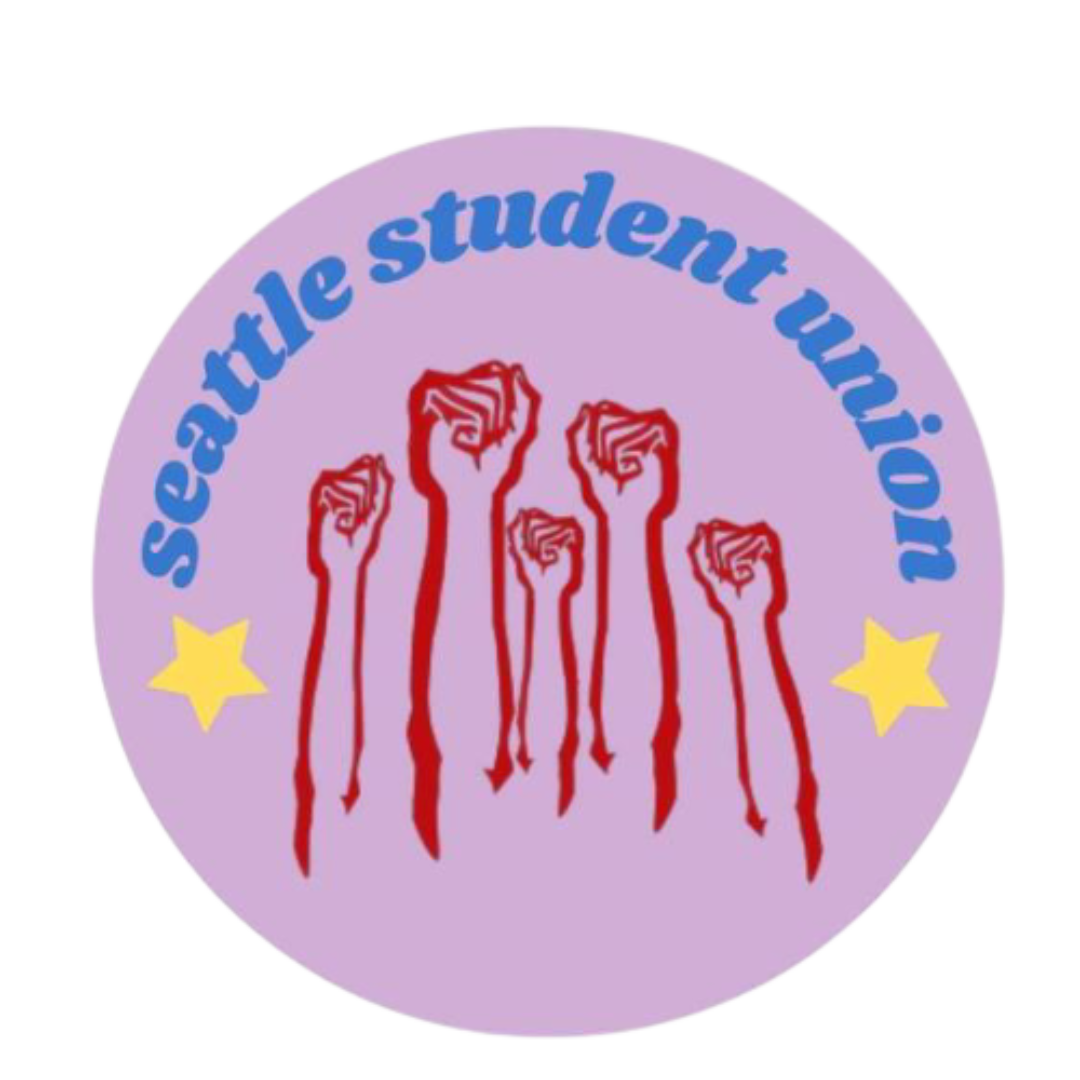Seattle School Board's First Meeting: A Lot of Talk, Little Action
As Seattle schools reopen their doors today for the 2023-2024 academic year, it's time to take stock of what the School Board has promised and question what they will actually deliver. The Seattle School Board recently held its first meeting of the academic year, where it covered a range of important issues. However, as is often the case, some of the loudest messages were not what was said, but what was left unsaid.
Student Board Members—A Seat at the Kids' Table?
Board President Brandon Hersey presided over a special meeting to welcome Student Board Members Aayush Muthuswamy, Luna Crone-Barón, and Lola Van Der Neut. While this appears commendable on the surface, the student members themselves called out the board and Superintendent on their unfulfilled promises regarding school safety. Aayush Muthuswamy even stated, "This is only the first step," highlighting that mere representation is not enough. We remain skeptical. These roles need to evolve into more than token seats if they are to genuinely represent the student voice.
Local 302 Union Testimonies—Where is the Solidarity?
The major eye-opener of the meeting came from the testimonies of Local 302 union members, the often-unsung heroes in our schools. Their call for fair contracts was loud and clear, and their frustrations were palpable. They reminded the board that they had put themselves at risk throughout the pandemic as essential workers. Their grievances reveal a significant gap between the board's stated values and their actions. Let us be clear: their concerns are our concerns. The lack of solid commitments from the board on this issue shows a disappointing lack of solidarity with the unions that help keep our schools running. This is not just a matter of wages; it's a matter of respect.
Action and Consent Items—The Devil's in the Details
While the board approved a bargaining agreement with the Seattle/King County Building and Construction Trades Council and a compensation bulletin for non-union represented staff, these items often feel like bureaucratic checkboxes rather than actions aligning with the needs of students and staff. Items like funding for private therapeutic needs and contracts with behavioral health providers were pulled for further discussion but lack focus and granularity, particularly in addressing student needs and racial equity.
Superintendent Under Fire—For Good Reason
The board members' critique of Superintendent Jones' communication and management skills is long overdue. Despite this, they still expressed respect for his leadership. But respect doesn't absolve the Superintendent from accountability or clarity. Board Vice President Rankin pointed out the need for role clarification between the Superintendent and the board, yet the discussion ended there. As for the progress monitoring session on the college and career readiness strategy, it was just that—a monitoring session with limited action plans. While the focus on African American boys and young men is commendable, where are the concrete plans, the specific benchmarks, and most importantly, where is their seat at the table?
Looking Forward
The Seattle School Board's first meeting did set the stage for ongoing discussions. But we need more than talk; we need action that aligns with our values. We're advocating for genuine student representation, standing in solidarity with staff unions, opposing any school closures, and demanding a commitment to racial equity.
As the new academic year unfolds, these concerns aren't just mere talking points; they signify whether the board is equipped to tackle the deep-rooted issues plaguing our educational system. Their actions—or lack thereof—will shape the experiences of thousands of students, educators, and staff.
One might ask, is the board genuinely prepared for this immense responsibility? This meeting didn’t instill confidence. Rather, it raises questions on whether the board's strategies are too broad to be effective, if they will meet the urgent needs of our essential workers, or if they'll give real decision-making power to student voices.
The board has a monumental task ahead to prove that they can turn strategic plans into actions, honor the dignity of every employee, and truly integrate the perspectives of students in the decision-making process. With this recent meeting setting the stage, now is the time for the board to show us if they're up for these challenges, or if another year will pass with unfulfilled promises and unrealized potentials. Will the board rise to the occasion, or will this be a year of missed opportunities? Time will tell, but the time for action is now.
